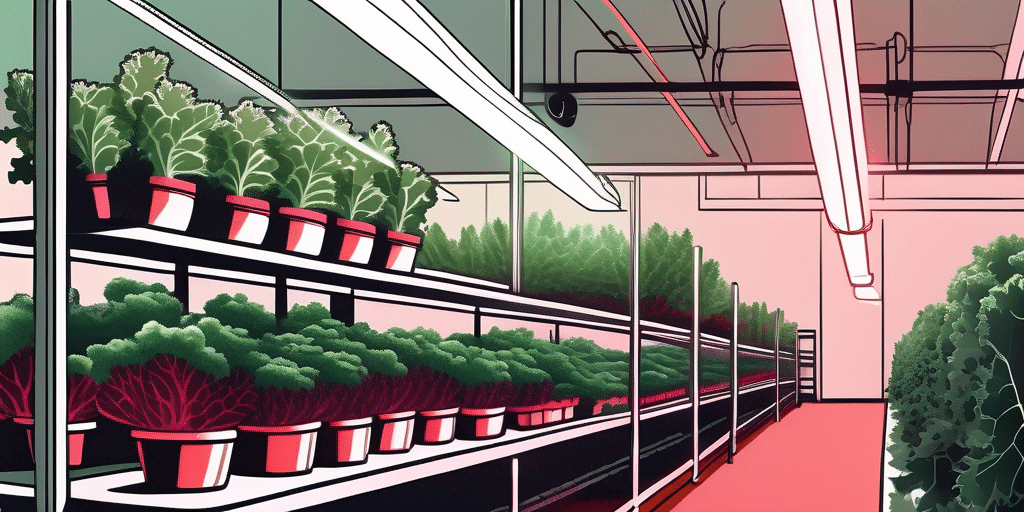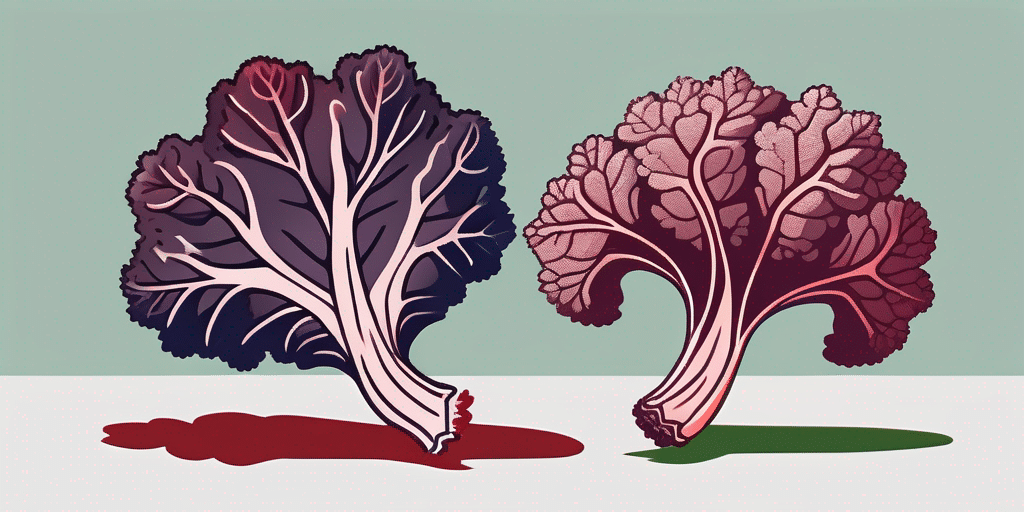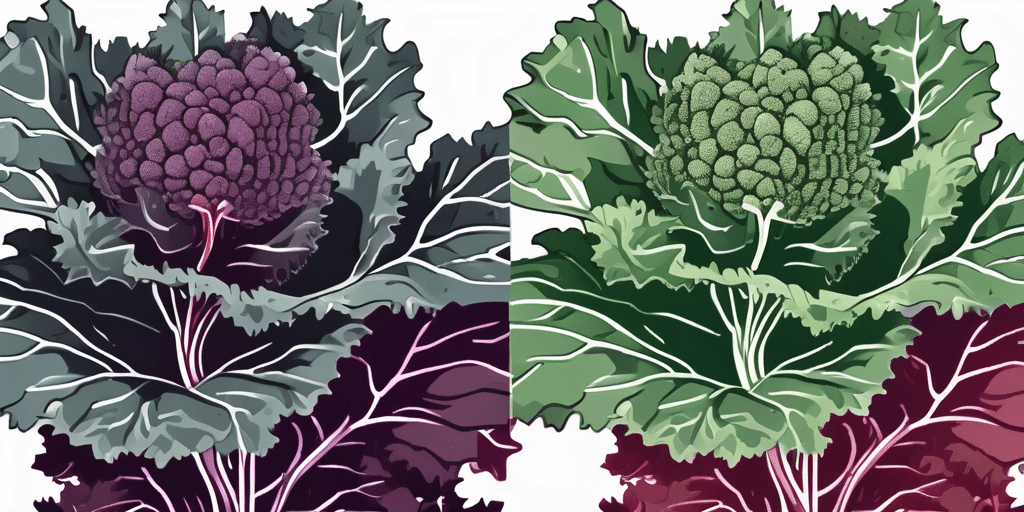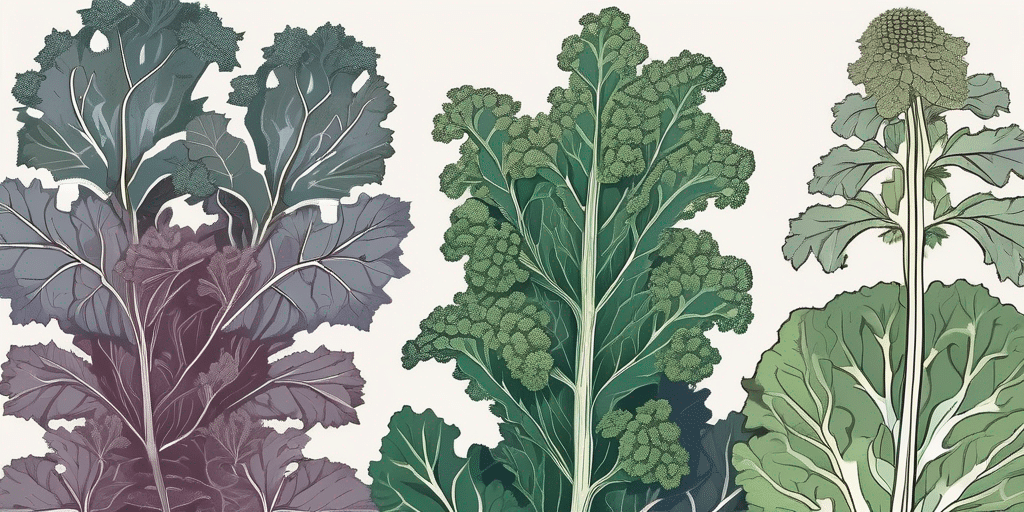The Red Ursa Kale, a hybrid of Russian and Siberian kales, is a vibrant, nutritious, and flavorful leafy green that’s a delight in any garden. Its unique, frilly leaves with red-purple veins and stems make it an attractive addition to your garden, and its rich, slightly sweet flavor makes it a favorite in the kitchen. But, how and when do you harvest this beautiful plant to ensure the best taste and nutritional value? Let’s dive into the details.
Understanding Red Ursa Kale
Before we delve into the harvesting process, it’s essential to understand the Red Ursa Kale’s growth cycle. This kale variety is a biennial plant, meaning it completes its life cycle in two years. However, it’s typically grown as an annual, harvested in its first year of growth when the leaves are young and tender.
Red Ursa Kale is a cold-hardy plant, thriving in cooler temperatures. It can withstand frost, and its flavor is said to improve after a frost. This makes it an excellent choice for fall and winter gardens, though it can be grown in spring as well.
Identifying the Right Time to Harvest
The timing of your harvest plays a crucial role in the quality of your kale. Harvest too early, and the leaves may not have developed their full flavor. Harvest too late, and the leaves may become tough and bitter.
Red Ursa Kale is typically ready to harvest 55-75 days after planting, depending on the growing conditions. The leaves should be at least 8-10 inches long, but not more than 18 inches. The color should be vibrant, and the leaves should feel firm and crisp.
Seasonal Considerations
As mentioned earlier, Red Ursa Kale is a cold-hardy plant. It can tolerate temperatures as low as 20°F. This means you can continue harvesting kale well into the fall and early winter in many regions. In fact, a light frost can enhance the flavor of the kale, making it sweeter.
However, if you’re growing kale in the spring, you’ll want to harvest before the weather gets too hot. High temperatures can cause kale to bolt, or go to seed, which makes the leaves tough and bitter.
How to Harvest Red Ursa Kale
Now that you know when to harvest your Red Ursa Kale, let’s discuss how to do it. The process is simple and straightforward, and you’ll only need a pair of clean, sharp scissors or a knife.
- Start from the bottom of the plant. The lower leaves are the oldest and will be ready to harvest first.
- Cut the leaf stem about an inch above the ground. Be careful not to cut into the central stalk, as this can damage the plant and hinder future growth.
- Move up the plant, harvesting the largest leaves and leaving the smaller ones to continue growing.
- Once you’ve harvested the leaves, rinse them in cool water to remove any dirt or insects. Pat them dry before storing.
Remember, regular harvesting encourages the plant to produce more leaves, so don’t be afraid to harvest your kale frequently.
Storing Your Harvest
Once you’ve harvested your Red Ursa Kale, you’ll want to store it properly to maintain its freshness and nutritional value. Kale can be stored in the refrigerator for up to a week. To store kale:
- Wrap the leaves in a damp paper towel.
- Place them in a plastic bag, but don’t seal it completely. Leave a small opening to allow for some airflow.
- Store the bag in the crisper drawer of your refrigerator.
You can also freeze kale for longer storage. To freeze kale:
- Blanch the leaves in boiling water for 2 minutes, then immediately transfer them to an ice water bath to stop the cooking process.
- Drain the leaves and pat them dry.
- Spread the leaves out on a baking sheet and freeze them until solid.
- Once frozen, transfer the leaves to a freezer-safe bag or container. They can be stored in the freezer for up to a year.
Enjoying Your Harvest
Red Ursa Kale is a versatile vegetable that can be enjoyed in a variety of ways. Its slightly sweet, earthy flavor pairs well with a variety of ingredients, from garlic and olive oil to lemon and Parmesan cheese. Here are a few ways to enjoy your harvest:
- Sauteed: Saute the leaves in a bit of olive oil and garlic for a quick and easy side dish.
- In salads: Young, tender leaves can be used raw in salads. Try them with a lemon vinaigrette and shaved Parmesan.
- In soups: Add chopped kale to soups or stews in the last 10-15 minutes of cooking.
- As kale chips: Toss the leaves with a bit of olive oil and your favorite seasonings, then bake until crisp.
However you choose to enjoy your Red Ursa Kale, you can take pride in knowing that you’ve grown and harvested it yourself. Happy gardening!
Take Your Gardening Skills to the Next Level
Now that you’ve mastered harvesting Red Ursa Kale, why not expand your gardening prowess? Subscribe for free to How to Grow Everything and learn how to build the garden of your dreams! Receive personalized gardening advice tailored to your location, grow zone, and experience level. Enjoy the best gardening tips, special offers, and deals delivered straight to your inbox—100% free, from our family to yours. Join our community of garden enthusiasts and turn your green space into a bountiful oasis!






